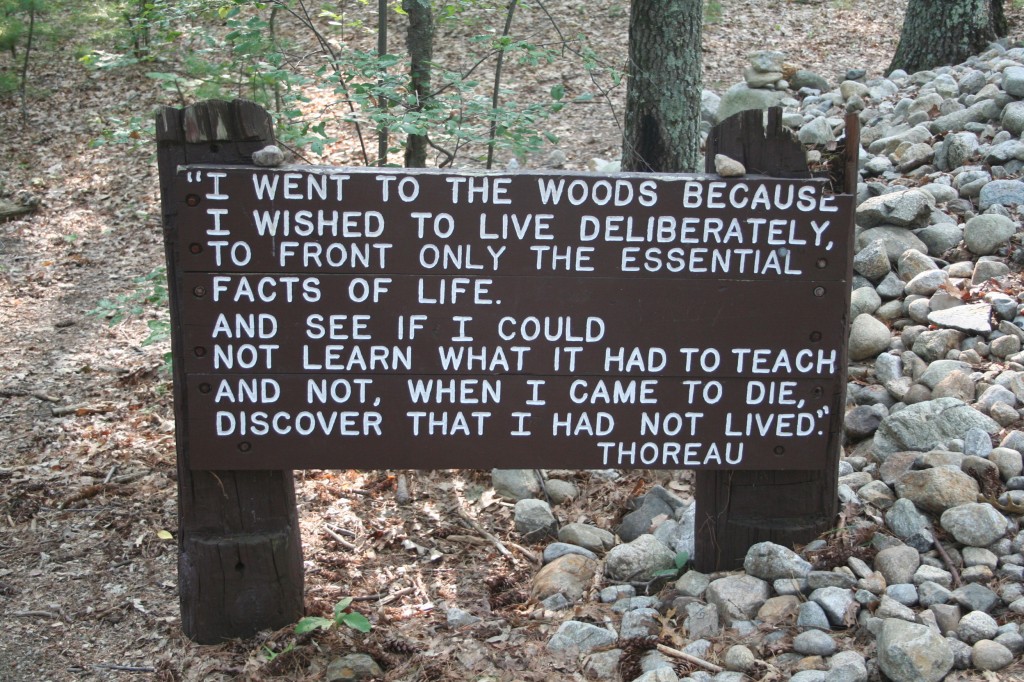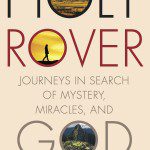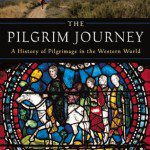There are times, I must confess, when I realize just how incredibly geeky I am. On a recent trip to the East Coast, for example, my family and I enjoyed a wide variety of attractions, from whale watching off Cape Ann in Massachusetts to touring downtown Boston. But what I loved most was visiting Concord, a small town famous both as the site of the first battle of the American Revolution and as the center of a literary and philosophical community in the mid-nineteenth century. I found Concord fascinating in part because it offered a window into the lives of people I had assumed were dull, proper New Englanders, as stiff and boring as a black-and-white daguerreotype. Instead I stepped into a story of eccentricity and creativity, populated by passionate oddballs and charismatic geniuses who forged a new school of philosophy and spirituality called the Transcendentalist movement.
And let’s be honest here: is there anything more exciting than visiting the former homes and graves of dead philosophers?
In my next posts I’ll describe the sites of modern-day Concord and the extraordinary flowering that happened there in the mid-nineteenth century. Later I’ll move on to nearby Salem, site of the infamous witch trials of 1692-93. The two towns have an intertwined history, as you’ll see, and there are spiritual themes aplenty waiting to be explored in both places.
First, let me tell you about a serendipitous mistake that I made. When I was doing research for the trip I mistakenly contacted the Concord, New Hampshire, tourism office, instead of the Concord, Massachusetts, one. (This is the sort of mistake that makes a veteran travel writer look very bad indeed.) But the New Hampshire woman who wrote back to me assured me that many people confuse the two towns, and then mentioned that she had just bought a book called American Bloomsbury, which tells tells of the literary world of Concord from 1840-68 (the title references another famous intellectual community, that of London’s Bloomsbury in the early 20th century).
I owe that woman a hearty thanks, for American Bloomsbury turned out to be the perfect book to listen to on the long car trip from Iowa to Concord. It tells the interconnected stories of five people who lived in Concord during that period: Ralph Waldo Emerson, Henry David Thoreau, Louisa May Alcott, Nathaniel Hawthorne, and Margaret Fuller. When I got to Concord I learned that the book isn’t entirely approved of there—the stories of these long-dead folks are still stirring up controversy, it turns out. But while author Susan Cheever takes some artistic license, she also presents a vivid picture of the personalities behind the stiff stereotypes of the popular imagination.
Cheever writes that Concord was the site of what is sometimes referred to as a “genius cluster,” a grouping of brilliant individuals who cross-fertilize and inspire each other, achieving far more together than they could have done alone. Ancient Greece had such a cluster, as did the United States during the time when Washington, Madison, Jefferson, and Franklin were forging its identity.
“The men and women of Concord were…the mothers and father of our literature,” writes Cheever. “They formed the first American literary community. They defined our modern beliefs about environmentalism and conservation, and they praised the glorious importance of the individual self. ‘The Unitarians had pronounced human nature to be excellent,’ wrote Paul Brooks in The People of Concord; ‘the Transcendentalists pronounced it divine.’ They were the country’s first professional authors, and they created a new kind of nonfiction memoir and a new kind of novel in which women and the details of domesticity have a central importance.”
These authors and philosophers led lives that would provide fertile fodder for a soap opera. They were entangled in passionate romantic triangles and walked arm in arm under the Concord elms. They talked ideas all night, edited each other’s works, mourned each other’s tragedies, argued fiercely, and experienced hurtful breaches of friendship. Louisa May Alcott loved both Thoreau (who had fallen in love with the same woman his brother desired) and Emerson, who sent love letters to Margaret Fuller while she was living in the same house as he and his wife. Thoreau babysat Emerson’s children and the dour and handsome Hawthorne behaved alternately like a cad and like a prophet. Ralph Waldo Emerson played sugar daddy to them all, giving them money, finding them homes, and serving as wise (and occasionally overbearing) counselor and friend. Nearly every masterpiece of nineteenth-century American literature had a connection to Concord, including Walden, The Scarlet Letter, Moby Dick, and Little Women.
Author Henry James once referred to Concord as “the biggest little place in America.” The philosophical ideas and literary works of this intriguing group of people still resonate as a deep chord in our culture, influencing us and affecting us in surprising ways. Won’t you join me as we explore Concord’s Transcendentalist Trail together?















